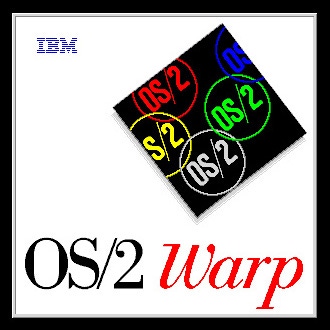Memo to Canonical: Don't Repeat IBM's Mistakes
As Canonical polishes Ubuntu to potentially support Google Android and Moblin v2, I'm both impressed and concerned. On the one hand, Canonical continues to change with the times -- and in some cases, stay ahead of the times. On the other hand, Canonical runs the risk of repeating some major software mistakes IBM made in the 1990s. Here's why.


OS2-for-windows
As Canonical polishes Ubuntu to potentially support Google Android and Moblin v2, I’m both impressed and concerned. On the one hand, Canonical continues to change with the times — and in some cases, stay ahead of the times. On the other hand, Canonical runs the risk of repeating some major software mistakes IBM made in the 1990s. Here’s why.First, the upbeat perspective: By supporting Google Android and Moblin v2, Canonical effectively positions Ubuntu as a flexible, general purpose operating system that continues to evolve on Netbooks and Mobile Internet Devices (MIDs).
Historic Concerns
Now, my areas of concern. Rewind to 1992. At the time, IBM vowed to make its OS/2 operating system a “a better DOS than DOS and a better Windows than Windows.” At first, IBM’s commitment to making OS/2 run Windows applications looked very smart. For a very brief time, OS/2 really was a better Windows than Windows.
But over time, OS/2’s support of Windows allowed software developers to focus on a single operating system: Windows. It became difficult for software developers to justify the extra time and money to write native OS/2 applications. IBM actually paid some ISVs to write 32-bit OS/2 applications but it was a losing proposition.
The bottom line: By emphasizing Windows support, IBM accidentally de-emphasized native OS/2 support.
Canonical’s Approach
Now, let’s apply the IBM OS/2 example to Canonical and Ubuntu.
As Canonical attempts to promote Ubuntu into businesses, native application support and related services (such as Landscape and Ubuntu One) will become ever more critical. And so far, Canonical earns mixed grades on its ISV (independent software vendor) results.
Canonical attempted to rally ISVs around Ubuntu during LinuxWorld 2008. But so far, I haven’t seen many examples of ISVs promoting applications on Ubuntu.
No doubt, developers and hackers who know how to dive into code can make a range of commercial applications run on Ubuntu. But those applications (example: Oracle) still need to be certified on Ubuntu in order to attract interest from small, midsize and large businesses.
By supporting Google Android and Moblin v2, Ubuntu will certainly gain more buzz. But Canonical needs to make sure ISVs are focused on Ubuntu itself.
Follow WorksWithU via Identi.ca, Twitter and RSS (available now) and our newsletter (coming soon).
About the Author(s)
You May Also Like


